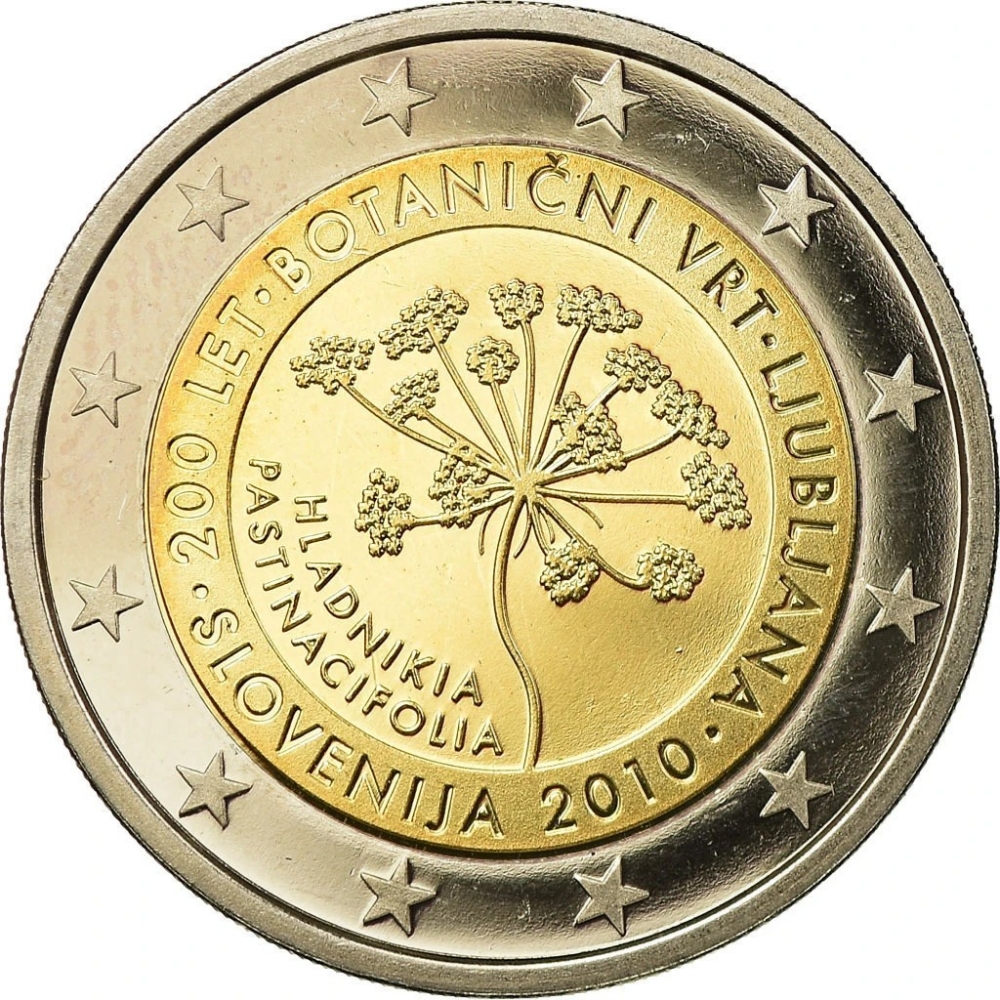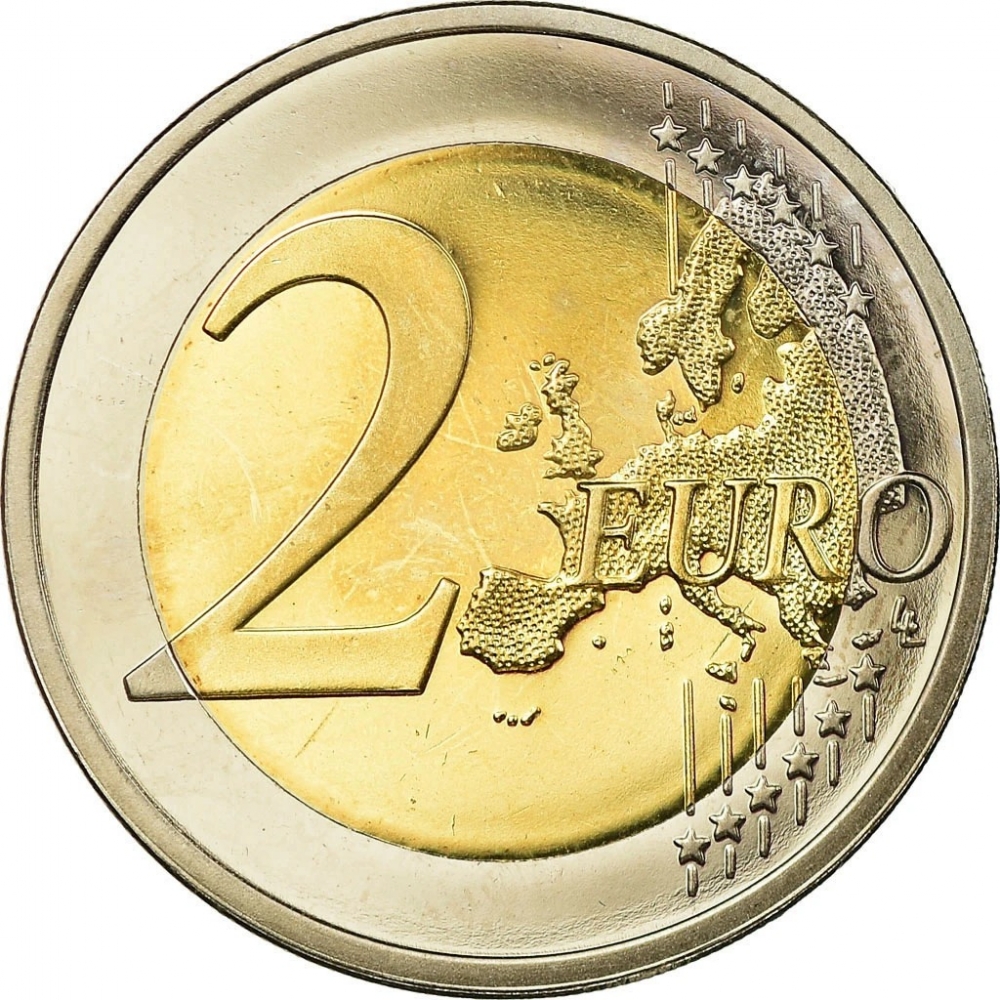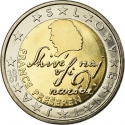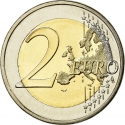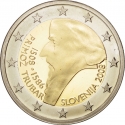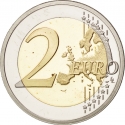You are about to finish your registration. Please check your mailbox (including spam folder). There should be a letter with a confirmation link. Check setting to make sure that your e-mail address is correct.
Send letter againDescription
The Botanical garden of Ljubljana, established in 1810, is Slovenia's oldest cultural, scientific and educational institution which has been functioning uninterruptedly ever since its foundation. Its plant collection includes more than 4500 species, subspecies and form, one third of which are autochthonous, while two thirds came from various parts of Europe and other continents.
Obverse

|
Depicts the Hladnikia plant. On the left under the plant, its scientific name HLADNIKIA PASTINACIFOLIA is written in an arc. Around the image in a circle is the legends 'Slovenia 2010' and ''200th Anniversary of the Botanical Garden of Ljubljana'. The twelve stars of the European Union surround the design on the outer ring. · 200 LET · BOTANICNI VRT · LJUBLJANA · |
|---|---|
Reverse

|
A geographical map of Western Europe spans the outer ring and inner core on the right side of the coin. The inscription 2 EURO is superimposed over the map of Europe, with the numeral “2” located in an open field representing the eastern Atlantic Ocean. 2 EURO |
| Edge |
SLOVENIA in Slovene SLOVENIJA • |
Characteristics
| Type | Commemorative Issue (Circulating) |
| Material | Bi-Metallic |
| Ring | Cupronickel |
| Center | Nickel Brass |
| Weight | 8.5 g |
| Diameter | 25.75 mm |
| Thickness | 2.2 mm |
| Shape |
|
| Alignment | Medal |
| Mint |
Mint of Finland
|
Related coins
50th Anniversary of the Treaty of Rome
